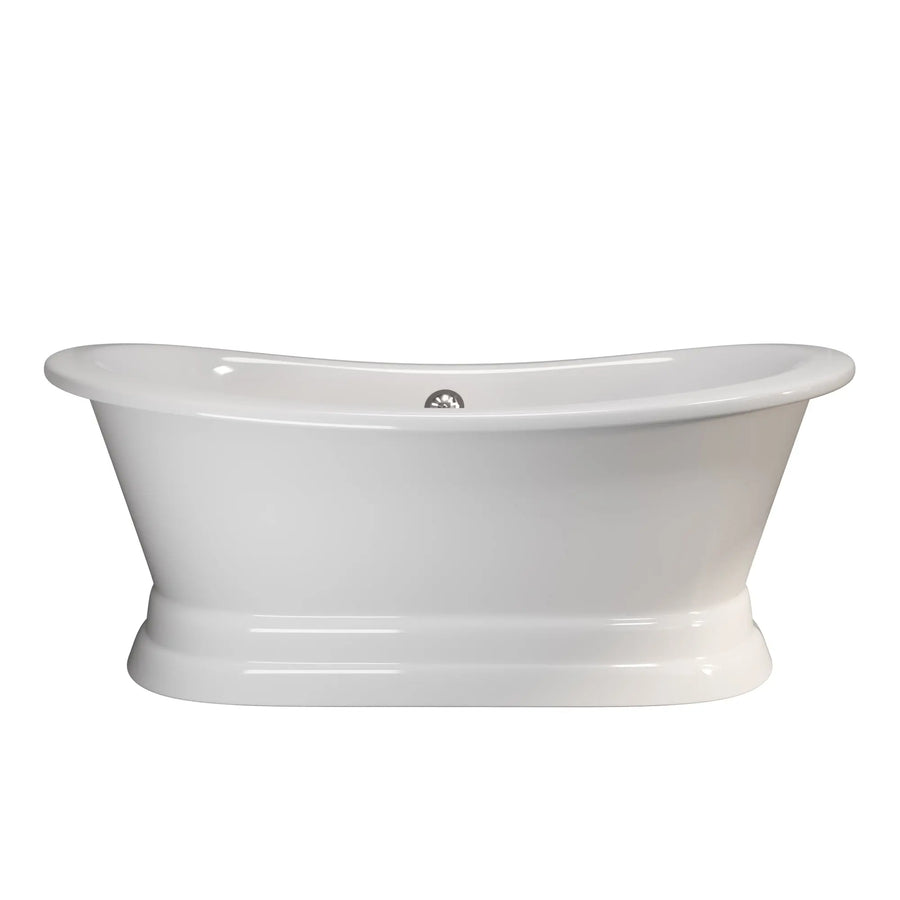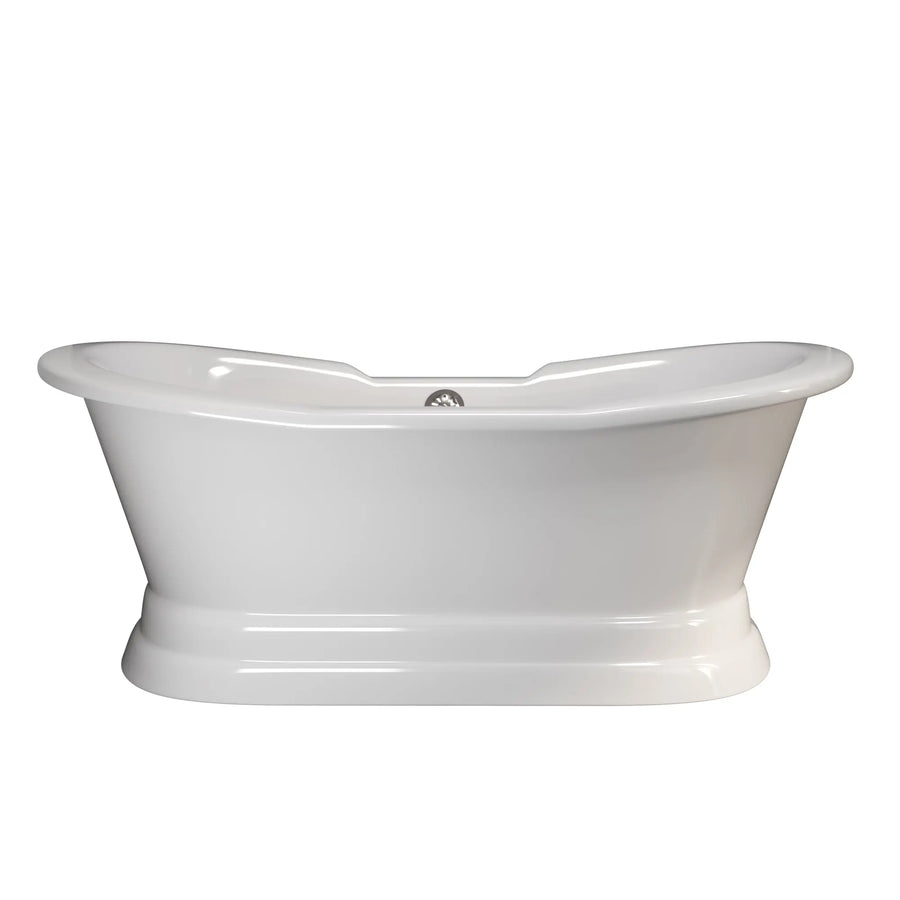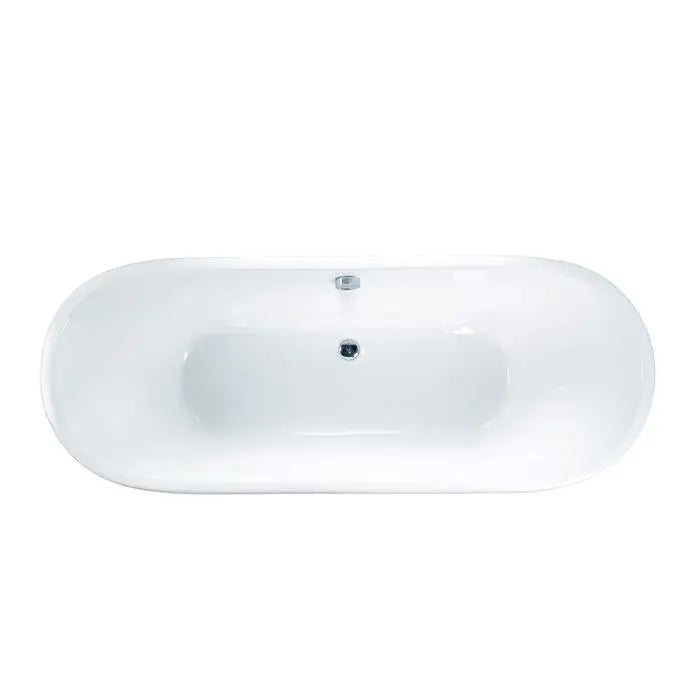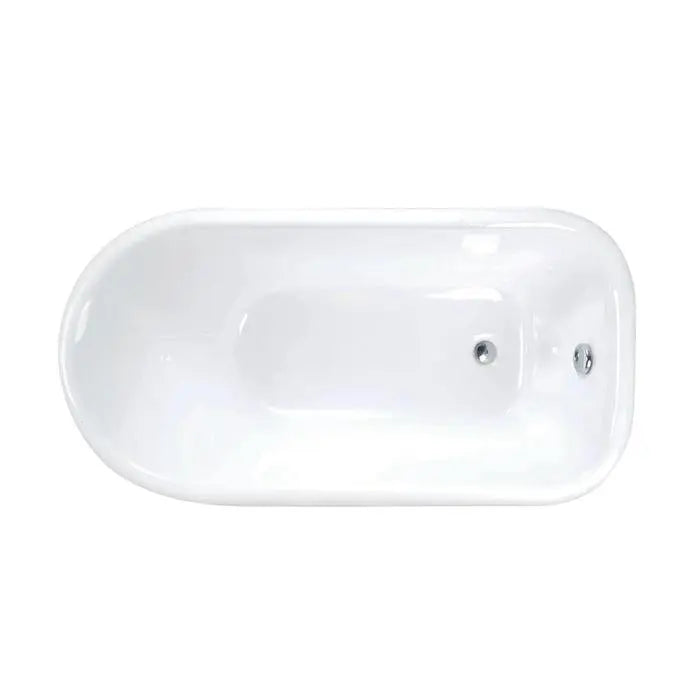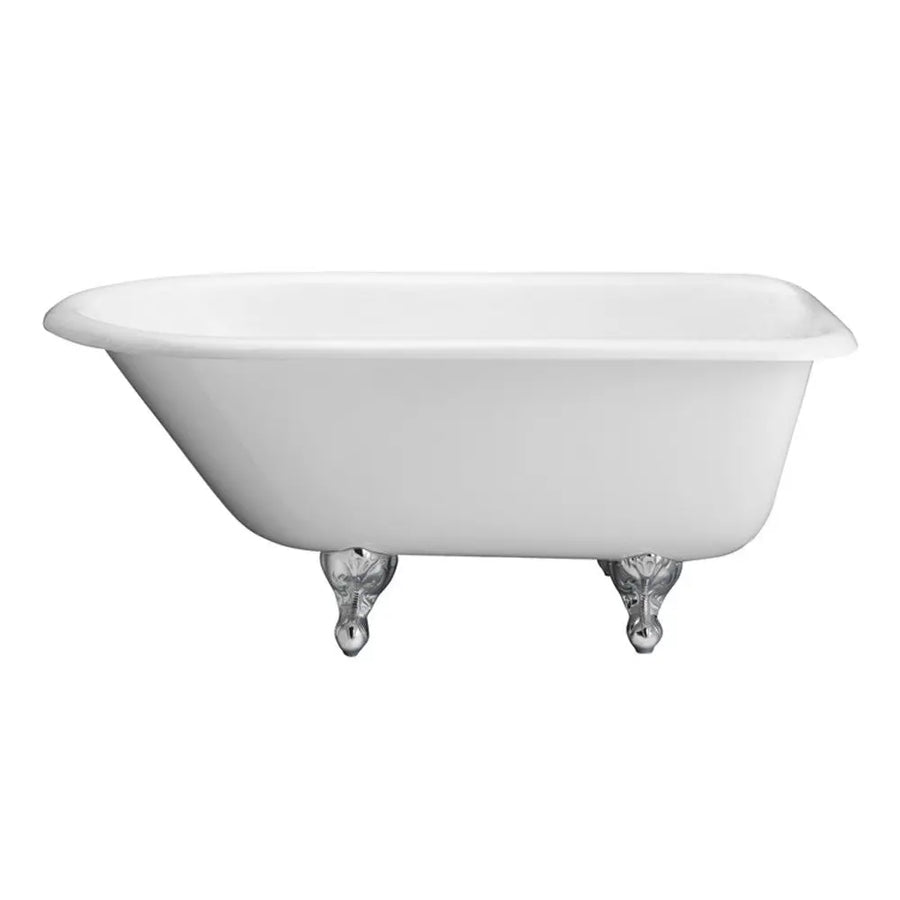CAST IRON TUBS
Cast iron tubs are as much a staple in today’s lavatories as it was in its inception in the late 19th century. A washing contrivance invented by David Buick in 1880, it is revered for its low maintenance cost, superior heat retention, and unrivaled durability.
Freestanding cast iron tubs as the name suggests, are heavy and durable made from molded (cast) iron. These tubs can be either freestanding or claw foot. These tubs can come in different designs and shapes since iron can be easily molded into any shape.
Construction of Cast Iron Tubs

The base material is cast iron which is an iron-carbon alloy often coated in porcelain or enamel. There’s no standard thickness for the tub, but in most instances, it is 3 to 7 inches thick. The interior of the freestanding cast iron tub is coated with 3 or more layers of high-grade, scratch and chemical resistant enamel giving it a nice glossy finish. The extra layers, as well as the thick base of the cast iron tub, assist in heat retention. If heat retention is one of your priorities then Barclay Products might be a good choice. They have one of the best cast iron tubs in the industry and they put a lot of effort into creating tubs with superior heat retention. Our three best-selling cast iron bathtubs are Wakely, Raynor and Castos.
Most cast iron bathtubs weigh anywhere from 300 pounds to 600 pounds when empty. With this fact in mind, there might be a need for additional floor support. Most standard tubs come with bath cradles, bath frames and mortar beds for support. The rule of thumb for additional floor support is: get an experienced builder to ascertain whether it is necessary. We recommend to carefully look at the weight of the tub and make sure you can install the tub successfully before purchasing a big cast iron tub.
Freestanding cast iron bathtubs especially, cast iron claw tubs, exert extra stress on the underlayment and subfloor since the weight is not distributed over a large floor area. For this reason, they should preferably be placed on the ground floor. Our favorite cast iron clawfoot tub is Marshall by Barclay.
Designs, Shapes, and Sizes of Cast Iron Tubs
Cast iron tubs are basically large bulky tubs with no specified shape or size. You can find rounded, squared and slipper shapes as well as drop-in and pedestal styles. The bulky nature of the cast iron tubs means they tend to take the generic or soaking tub shape.
Most cast iron bathtubs take the slipper tub shape which offers the single slipper and double slipper style tub. The single slipper cast iron tub has one end raised for added comfort. For a luxurious soak for two people, a cast iron double slipper clawfoot tub might be a perfect choice and can comfortably support two people as its ends are raised and inclined. When it comes to the cast iron material a freestanding cast iron tub with feet is our favorite choice. The design of the feet is really up to the owner’s behest, but the most popular selections are a lion, imperial, or bear claw. The beauty of these tubs is also expressed in the cast iron slipper clawfoot tub, which is a timeless classic indicative of Victorian and French luxury.
Freestanding cast iron tubs without feet are also a popular option. If you are looking for a pedestal cast iron then Morgan tub might be something you like. The plinth that’s used to raise the tub makes them even more of a focal centerpiece in the bathroom.
Modern cast iron tubs now include some features that were previously reserved for fiberglass tubs. Some of these include molded features, jets, and body-cradling shapes.
If you would like to install air jets into the bathtub let us know and we’ll let you know if the manufacturer offers that option.
Cast iron tubs come in a variety of finishes, including a white, biscuit, cashmere, black finish among others. A white cast iron tub projects purity and innocence while a black cast iron tub adds mystery and a laid-back vibe to your bathroom.
Cleaning and Maintenance of The Cast Iron Tubs
For the most part, using a damp cloth to clean the inner parts of the tub then drying it off with a dry towel suffices for daily maintenance of a cast iron tub. This is to avoid build-up of soap on the surface of the tub. Spruce the interior surface with baking powder and remember to be generous with it. Douse some vinegar over the baking soda and use a soft, clean sponge to clean it. Rinse then dry with a dry cotton cloth.
Avoid using abrasive cleaning agents, acidic formulas or scouring pads as all these will scratch the enamel coating. Ensure the faucets do not drip as this will encourage the build-up of rust.
We consider cast iron tubs as the zenith of tubs. Their durability, low maintenance and above all, their classic aesthetic look distinguish them from most of the other tubs.











